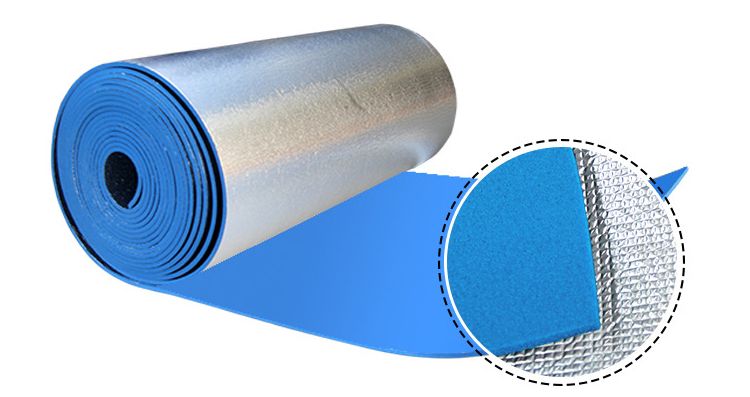What Is Reflective Insulation Used For? A Complete Guide to This Energy-Saving Solution
Reflective insulation stands as one of the most innovative solutions in modern building technology, offering unique thermal protection that sets it apart from traditional insulation materials. This advanced material plays a crucial role in maintaining comfortable temperatures and reducing energy costs across various applications.

Primary Applications of Reflective Insulation
Residential Building Protection
In homes, reflective insulation serves multiple essential purposes:
- Attic Spaces: Creates an effective thermal barrier that reduces summer heat gain and winter heat loss
- Wall Cavities: Enhances existing insulation systems by reflecting radiant heat
- Crawl Spaces: Prevents moisture accumulation while maintaining consistent temperatures
- Under-Floor Areas: Reduces heat transfer between different floor levels
Commercial and Industrial Uses
The commercial sector benefits from reflective insulation in several ways:
- Warehouse Temperature Control: Maintains stable indoor environments in large storage facilities
- Metal Building Systems: Prevents condensation and reduces heat transfer in steel structures
- HVAC Ductwork: Improves energy efficiency in heating and cooling systems
- Agricultural Buildings: Protects livestock and stored products from temperature extremes
How Reflective Insulation Works
Unlike traditional insulation that works by slowing conductive heat flow, reflective insulation primarily addresses radiant heat transfer. It typically consists of highly reflective aluminum foil layers combined with various core materials such as:
- Air bubbles
- Foam layers
- Fiber reinforcement
- Kraft paper backing
This composition allows the material to reflect up to 97% of radiant heat, making it particularly effective in:
- Reducing cooling costs during hot weather
- Maintaining consistent indoor temperatures
- Preventing heat loss in winter months
- Creating more energy-efficient spaces
Benefits of Using Reflective Insulation
- Energy Efficiency
- Lower heating and cooling costs
- Reduced HVAC system strain
- Improved overall building performance
- Installation Advantages
- Lightweight and easy to handle
- Non-toxic and safe to install
- Requires minimal space compared to traditional insulation
- Long-Term Value
- Doesn't deteriorate or lose effectiveness over time
- Resistant to moisture and mold growth
- Maintains performance without compression or settling
Best Practices for Implementation
To maximize the effectiveness of reflective insulation:
- Ensure proper air gaps for optimal performance
- Install with the reflective surface facing an air space
- Maintain clean, dust-free surfaces
- Follow manufacturer guidelines for specific applications
Environmental Impact
Reflective insulation contributes to environmental sustainability by:
- Reducing energy consumption
- Lowering carbon footprint
- Minimizing waste through long-lasting performance
- Supporting green building initiatives
Conclusion
Reflective insulation serves as a versatile solution for thermal management across residential, commercial, and industrial applications. Its unique ability to reflect radiant heat, combined with easy installation and long-term durability, makes it an excellent choice for both new construction and renovation projects. As energy efficiency continues to gain importance, reflective insulation stands out as a practical and effective solution for modern building needs.

